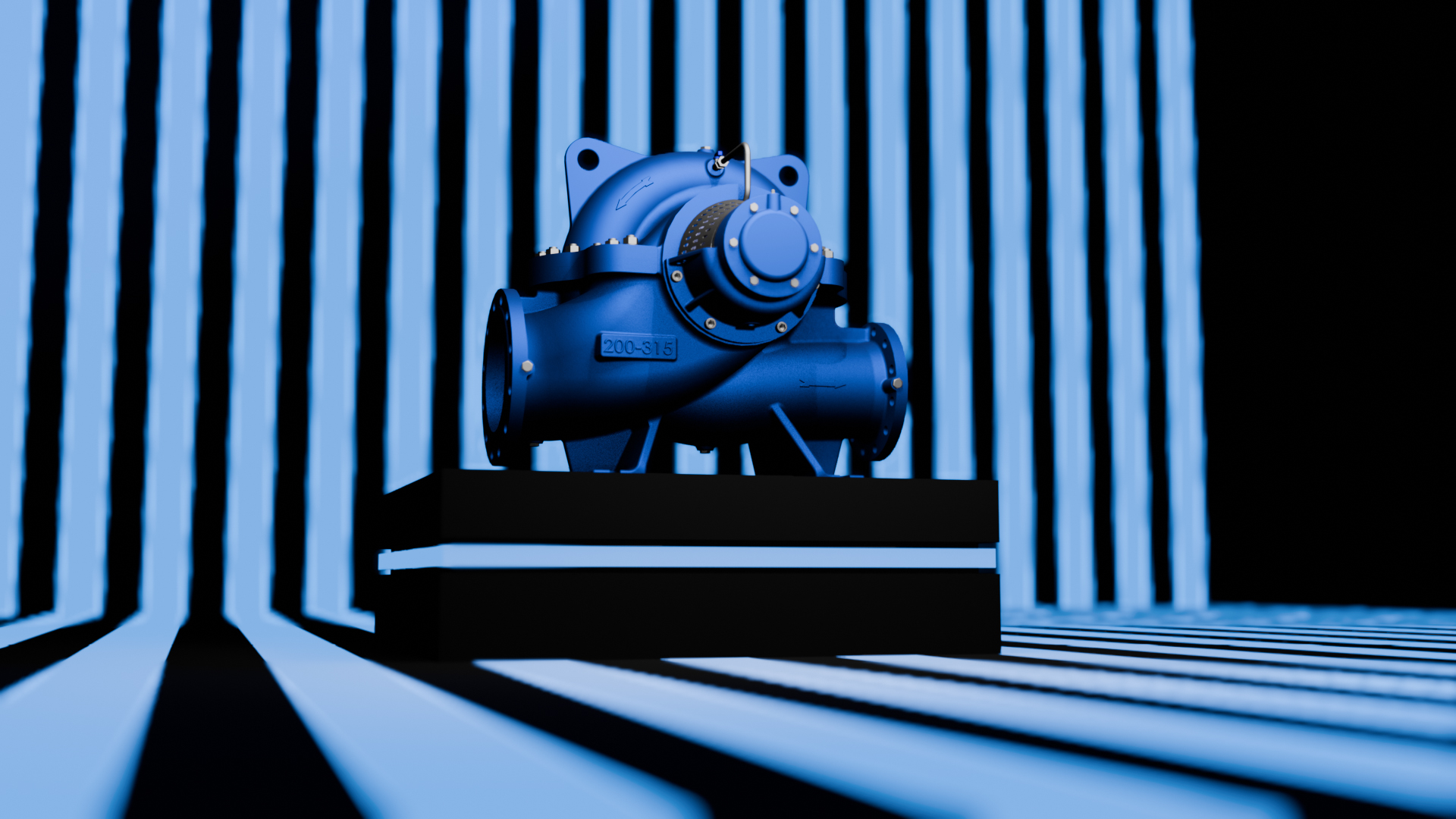
Energy efficiency is one of the most important ways to reduce costs and minimize environmental damage in pump systems. Correct pump selection, improving motor efficiency, flow control in the system, and regular maintenance are key factors that help save energy and maximize system performance. In this article, we will explore various ways to improve energy efficiency in pump systems.
The first step in energy efficiency starts with choosing the right pump. A poorly selected product consumes excessive energy and leads to high costs in the long term. Key points to consider when selecting a pump include:
Accurately Determining System Requirements: Selecting a pump with the appropriate capacity for the system’s needs prevents energy loss. High-capacity pumps work inefficiently in systems with low flow requirements.
Efficiency Curve: Attention should be paid to the efficiency curve. The Best Efficiency Point (BEP) is where the pump operates most efficiently. Those operating closest to this point maximize energy savings.
Suitable Choices for Variable Flow Systems: In systems with variable flow, products with a frequency control system should be preferred instead of fixed-speed pumps. This helps improve energy efficiency.
A large portion of the energy consumption in pump systems is from the motors. The following methods can be used to improve motor efficiency:
High-Efficiency Motors (IE3 and IE4): High-efficiency motors should be preferred over standard motors. IE3 or IE4 class motors significantly reduce energy consumption.
Variable Frequency Drives (VFD): Variable-speed motors save energy compared to fixed-speed motors. By using a VFD, the motor speed can be adjusted according to system requirements, preventing energy waste.
Motor Maintenance: Motors should be regularly inspected and cleaned. Dirty and poorly maintained motors consume more energy.
Flow control is a key factor in increasing energy efficiency in pump systems. The following methods can be applied for proper flow control and optimization:
Proper Sizing: Pump systems should be sized according to the required flow and pressure. Incorrect sizing leads to unnecessary energy consumption.
Pressure Regulators: Valves and other equipment that regulate pressure optimize flow control, contributing to energy savings.
Use of Bypass Lines: Flow can be optimized with bypass lines and valves to prevent unnecessary energy losses.
Regular maintenance and inspections are essential to ensuring the efficient operation of pump systems and preventing energy losses. The benefits of regular maintenance include:
Preventing Wear and Tear: Wear and tear on parts reduce energy efficiency. Regular inspections can detect these issues early.
Efficient Operation: Clean and well-maintained pumps operate more efficiently, leading to energy savings.
Preventing Breakdowns: Regular inspections help prevent sudden breakdowns, ensuring continuous and efficient operation.
Adjusting the performance of pump systems according to operating conditions is an important way to improve energy efficiency. The following methods can be applied for this purpose:
Frequency Adjustment: Motor speed can be adjusted according to flow and pressure needs, allowing for energy savings.
Partial Load Operation: Pump capacity should be adjusted according to demand, and unnecessary loads should be avoided.
Optimizing Operating Times: Instead of continuous operation, pumps should be activated only when needed, contributing to energy savings.
The piping and valve design of pump systems directly affects energy efficiency. A well-designed piping system prevents unnecessary energy losses. Points to consider include:
Piping Resistance: The diameter and length of the pipes determine the system’s resistance. Using pipes with low resistance helps save energy.
Use of Valves: The correct type of valve should be selected for energy efficiency, and valves should be regularly maintained. Incorrectly placed or poorly maintained valves negatively impact pump performance.
Optimizing operating hours and usage timing is critical for increasing energy efficiency in pump systems. The following strategies can help in this regard:
Use of Timers: Operating pumps only when necessary reduces energy consumption.
Load Balancing: Adjusting the operating hours of pumps according to varying energy demand at different times can lower energy costs.
Smart Control Systems: Automation systems can ensure that pumps are activated only when needed, preventing energy waste.
As a long-term strategy for energy efficiency, investing in energy-efficient pump technologies is recommended. There are various energy-efficient technologies available today:
Magnetic Drive Pumps: They reduce friction losses, resulting in energy savings.
Smart Pumps: These adjust themselves according to flow and pressure needs, offering maximum energy efficiency.
Heat Recovery Systems: Some systems recover waste energy, improving energy efficiency.
Investing in these technologies helps businesses reduce energy costs in the long term and minimize environmental impacts.
This article aims to contribute to businesses by addressing various ways to increase energy efficiency in pump systems, helping them save energy and adopt an environmentally friendly approach.